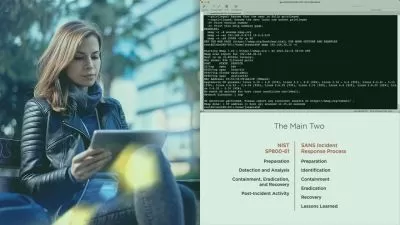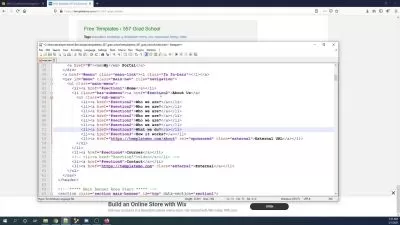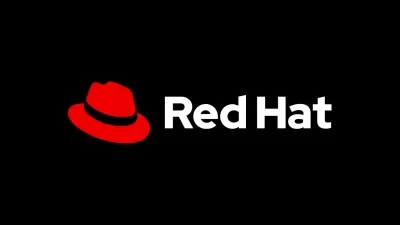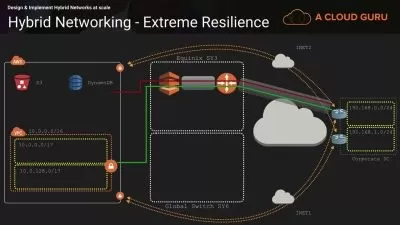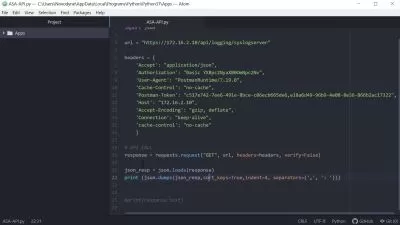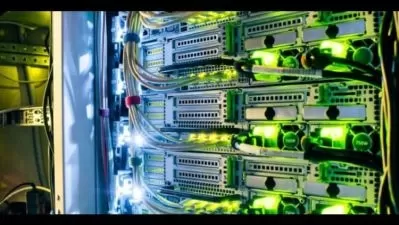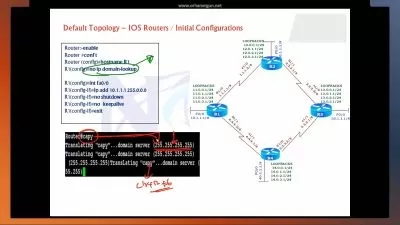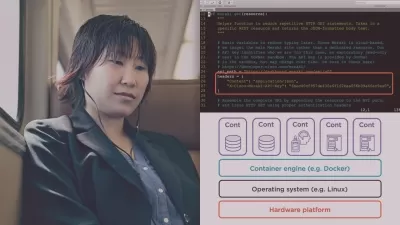Cisco CCNP ENCOR v1.1 (350-401) Cert Prep: 1 Architecture, Virtualization, and Infrastructure
Kevin Wallace
10:30:45
Description
Implementing Cisco Enterprise Network Core Technologies v1.1 (ENCOR 350-401) is a 120-minute professional-level exam associated with the CCNP and CCIE Enterprise Infrastructure certifications. The exam tests a candidate's knowledge of implementing core enterprise network technologies. This course helps to prepare you for the first three domains of this exam: Architecture, Virtualization, and Infrastructure.
Instructor Kevin Wallace shows how to design enterprise architecture, including planning for all the necessary services and capacity. Explore the various types of virtualization available, from virtual machines and switches to entire virtual networks. By the end of this course, you’ll also be apprised of infrastructure technologies commonly used in enterprise networks, such as 802.1q trunks, VTP, EtherChannels, MST and RSTP, OSPF, IPv4 and IPV6 routing, WLANs, NAT, PAT, IP multicast, and more.
This course was created by Kevin Wallace Training. We are pleased to offer this training in our library.
More details
User Reviews
Rating
Kevin Wallace
Instructor's Courses
Linkedin Learning
View courses Linkedin Learning- language english
- Training sessions 78
- duration 10:30:45
- English subtitles has
- Release Date 2024/02/10









